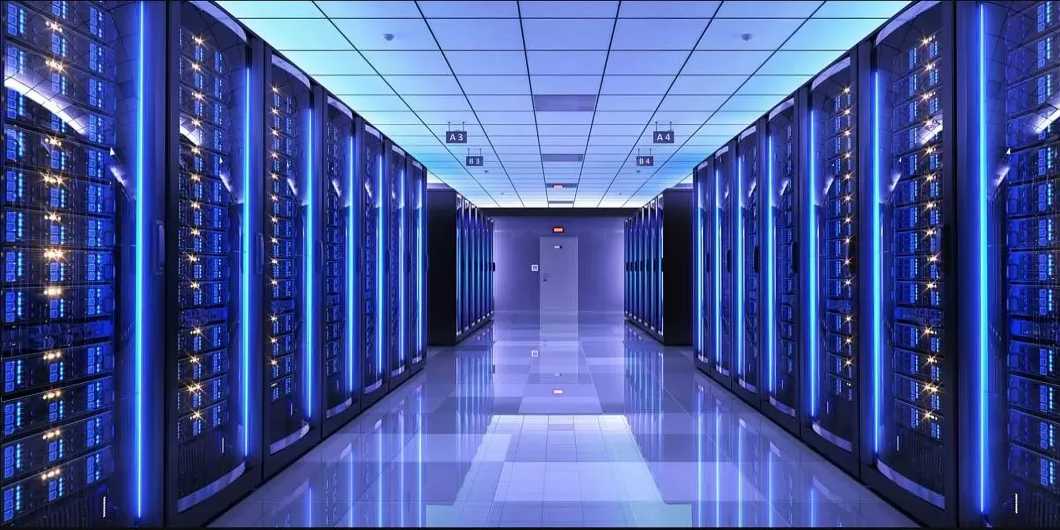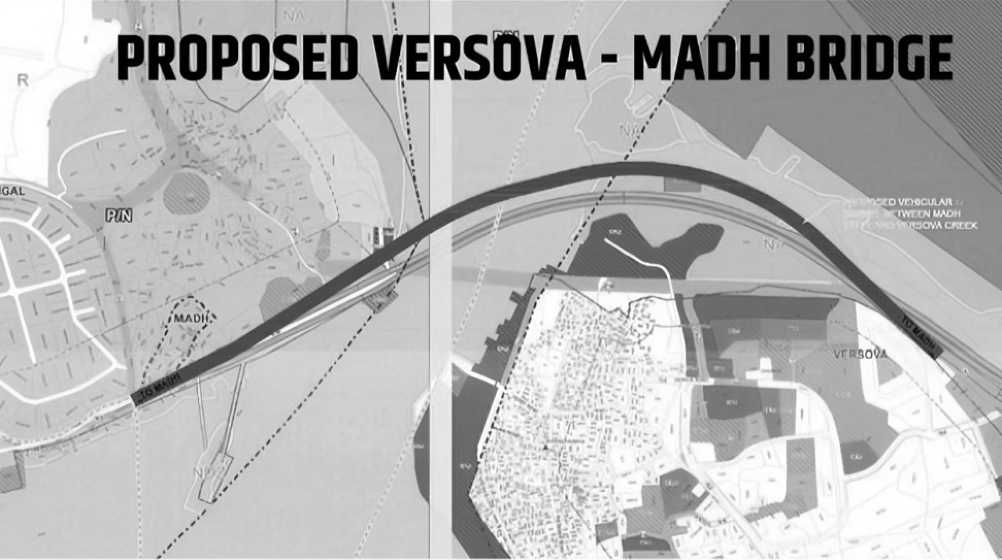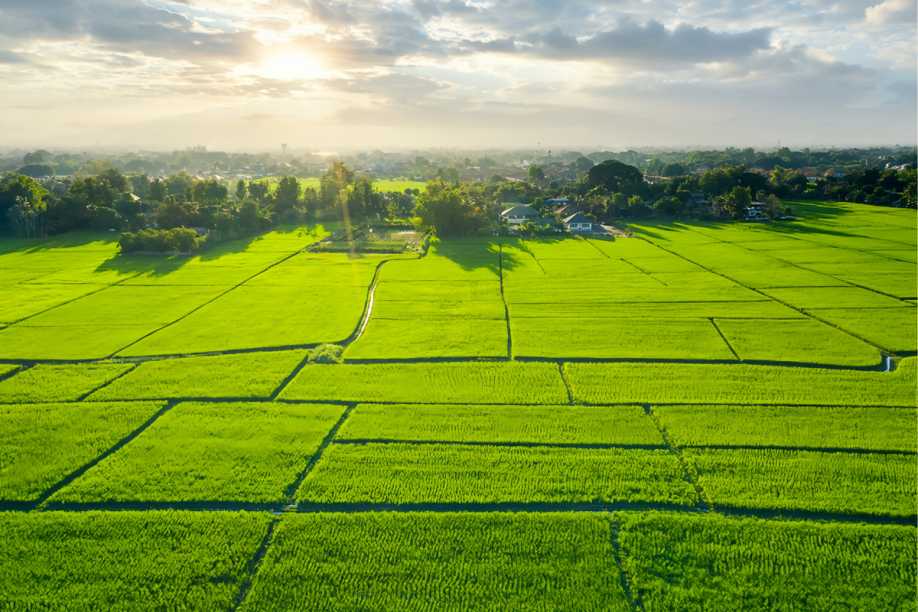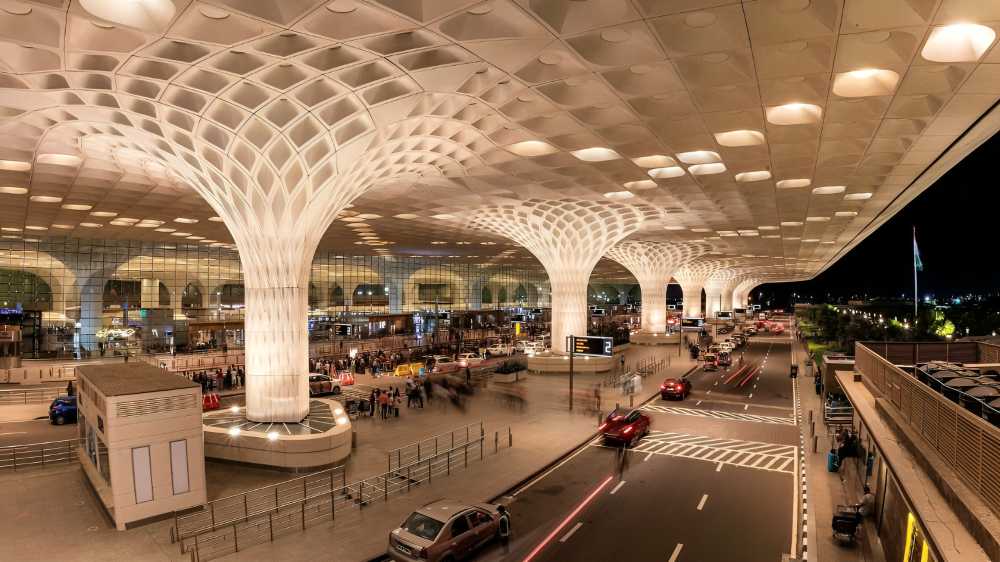October 15, 2025: In a significant policy move for India’s digital ecosystem, the Maharashtra government has approved a plan allowing data centres in Mumbai, Navi Mumbai, Thane, and surrounding regions to generate and distribute their own renewable energy.
The state energy department issued an order permitting data centre parks and individual units, recognised by the industries department, to set up captive power generation and distribution facilities using solar, wind, or hydro energy. “It has become necessary to facilitate data centre park developers and their associates to develop and maintain power distribution infrastructure and procure power, which is a specialised activity for the entire data centre park,” the order dated 6 October stated.
Maharashtra, though not power-surplus, hosts nearly 60 per cent of India’s data centres, primarily concentrated in Navi Mumbai. These facilities, classified as “essential services,” require uninterrupted 24×7 electricity to support servers for cloud computing, AI, fintech, and streaming services.
Earlier, on 13 May, the industries department notified 25 areas across Kurla, Chandivali, Marol, Thane, Navi Mumbai, and Panvel as designated data centre zones, granting deemed distribution licences for renewable energy. The latest energy department clearance allows operators to distribute surplus electricity within these zones but not beyond, and renewable energy use remains mandatory.
A senior official highlighted the importance of uninterrupted power, stating, “With the exponential rise of cloud computing, streaming, fintech, and artificial intelligence, their power demand is increasing rapidly. The government, therefore, decided to permit captive green energy generation for its operations.”
Key developers in the notified zones include Amazon Data Services India, NTT Global Data Centers, CtrlS, Equinix India, Nxtra Data, Sify Infinit Spaces, and Princeton Digital Group.
According to Cushman & Wakefield, Mumbai ranks sixth globally for under-construction data centre capacity and accounts for 42 per cent of India’s total capacity under development, positioning the city as a leading hub in the Asia-Pacific region.
Source: Construction World





